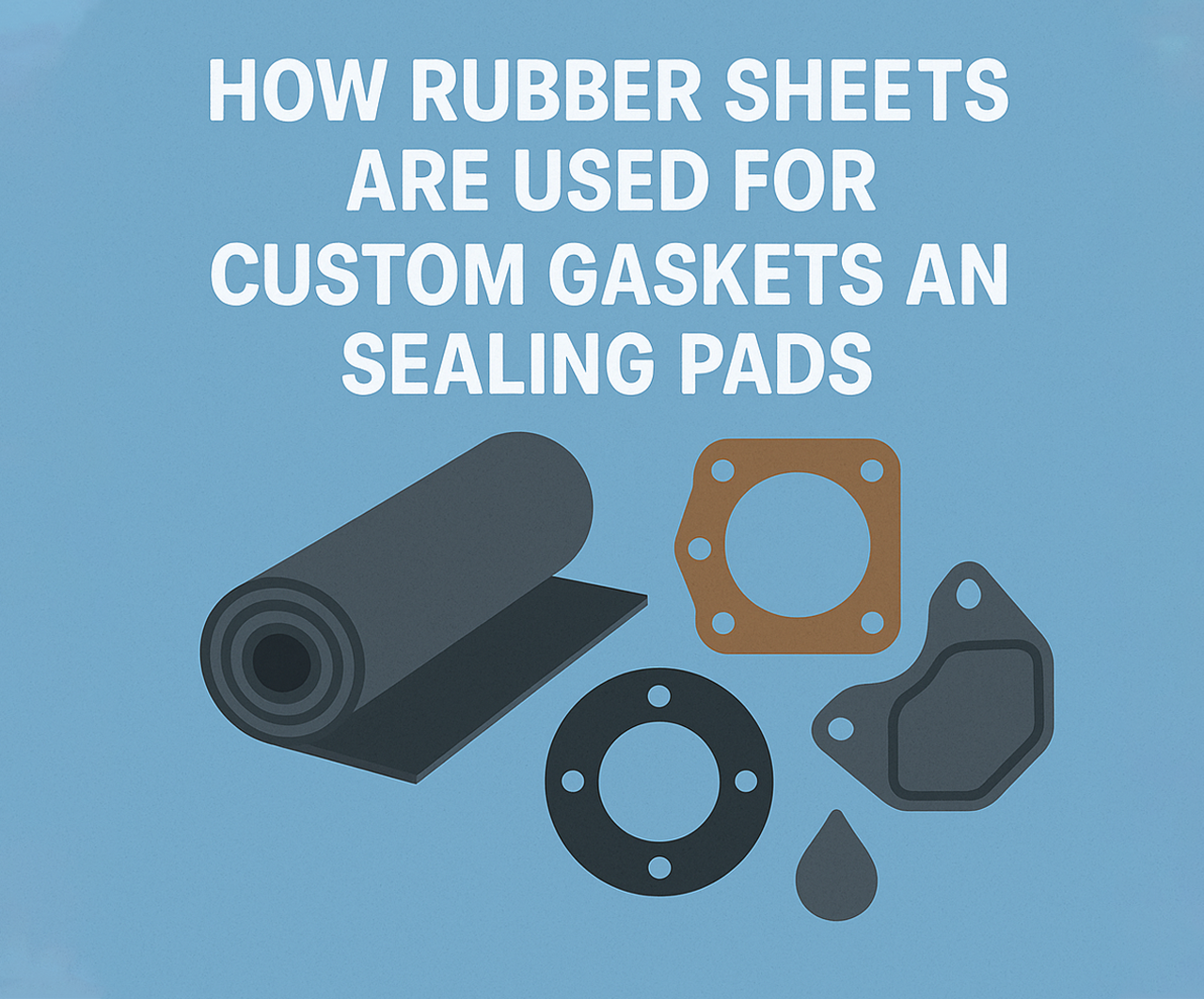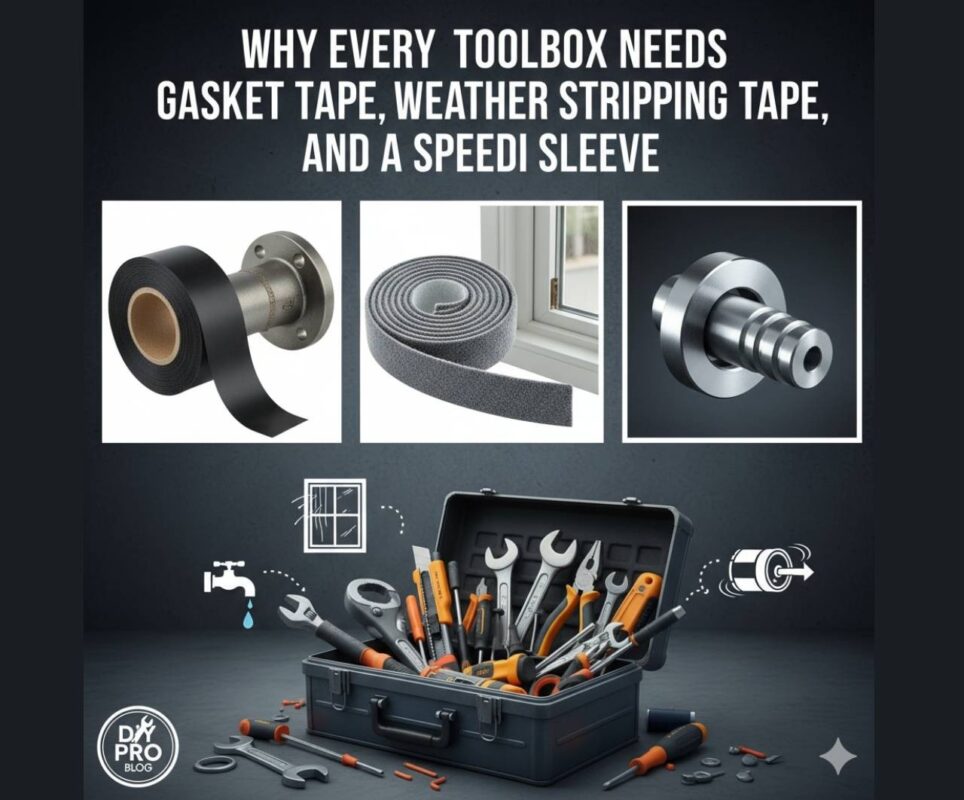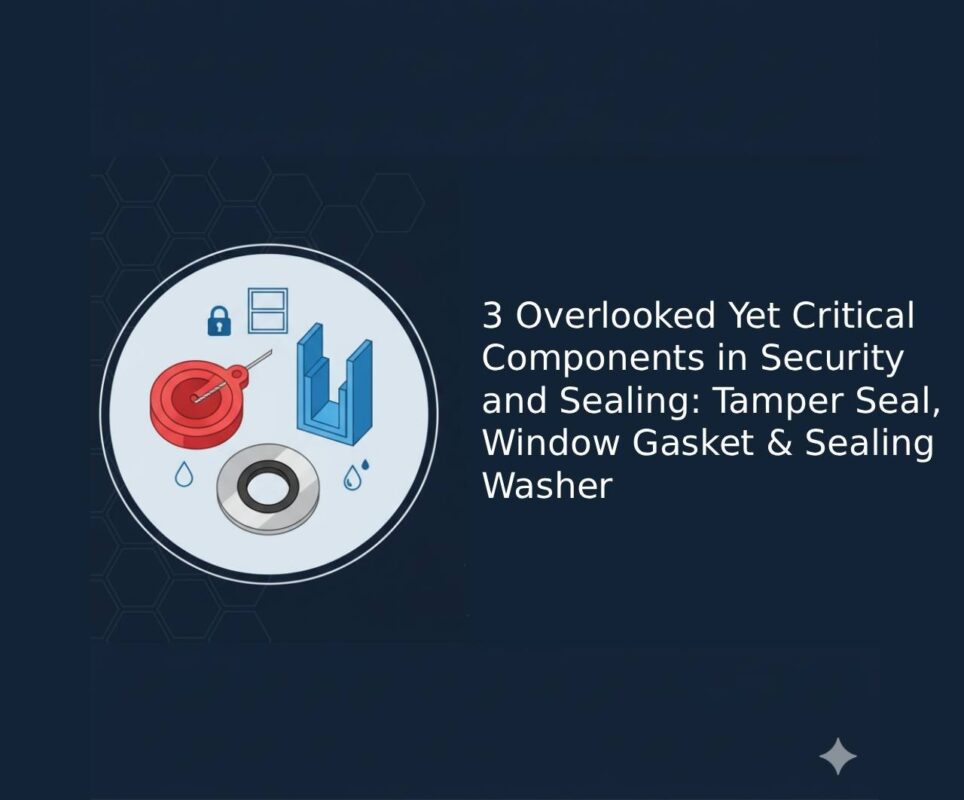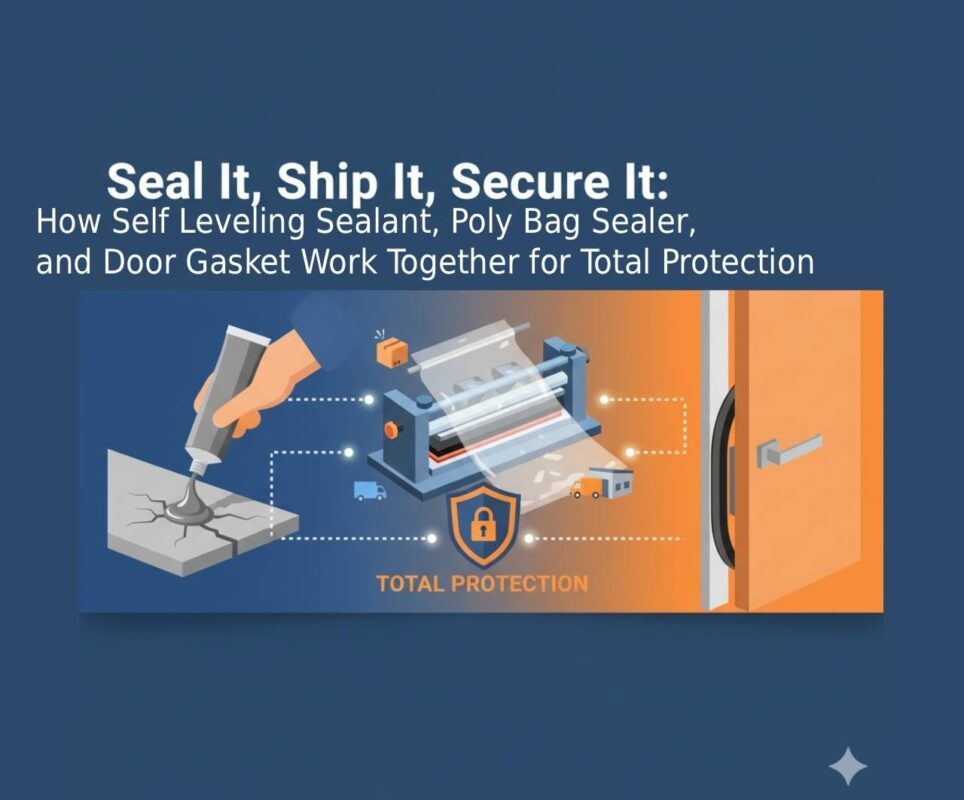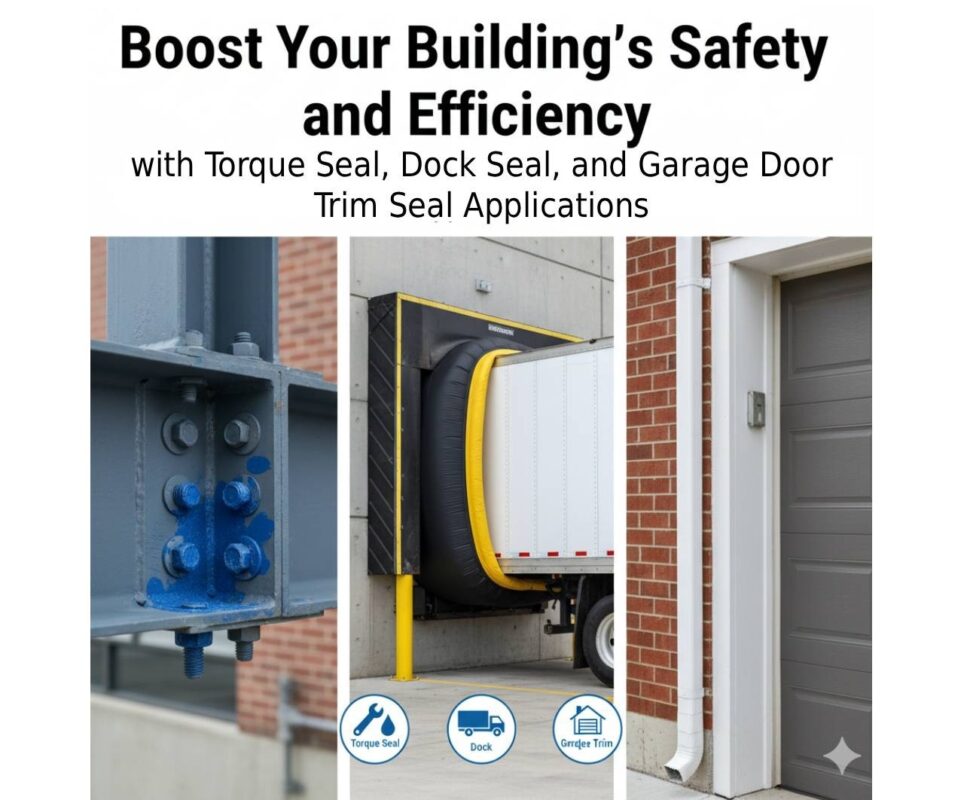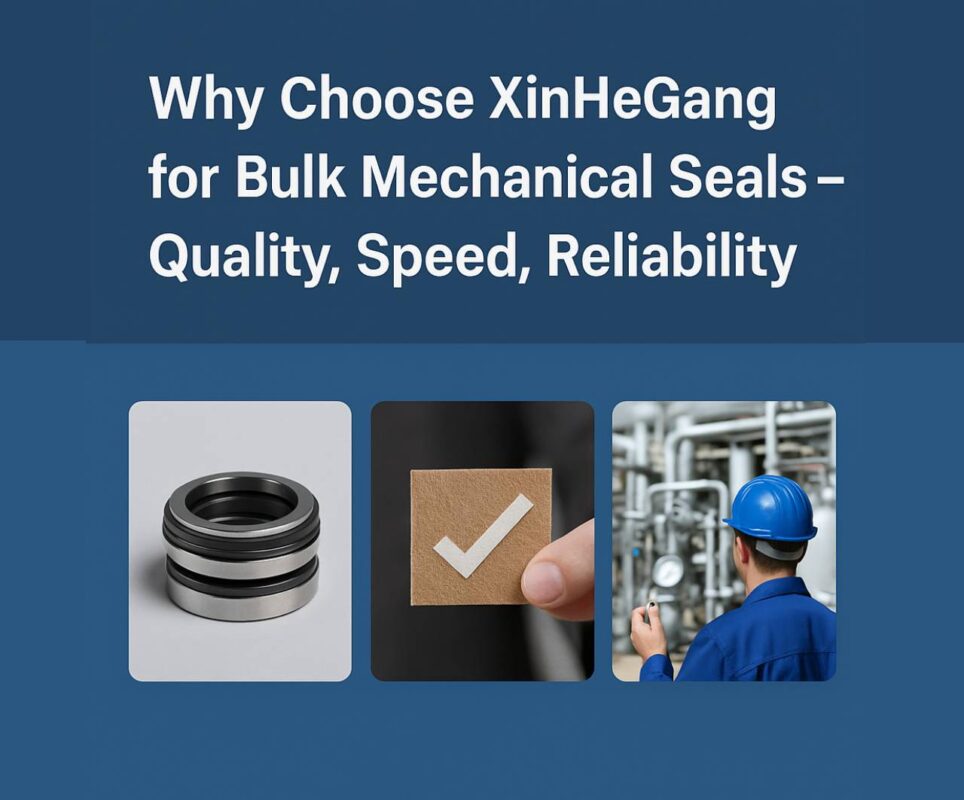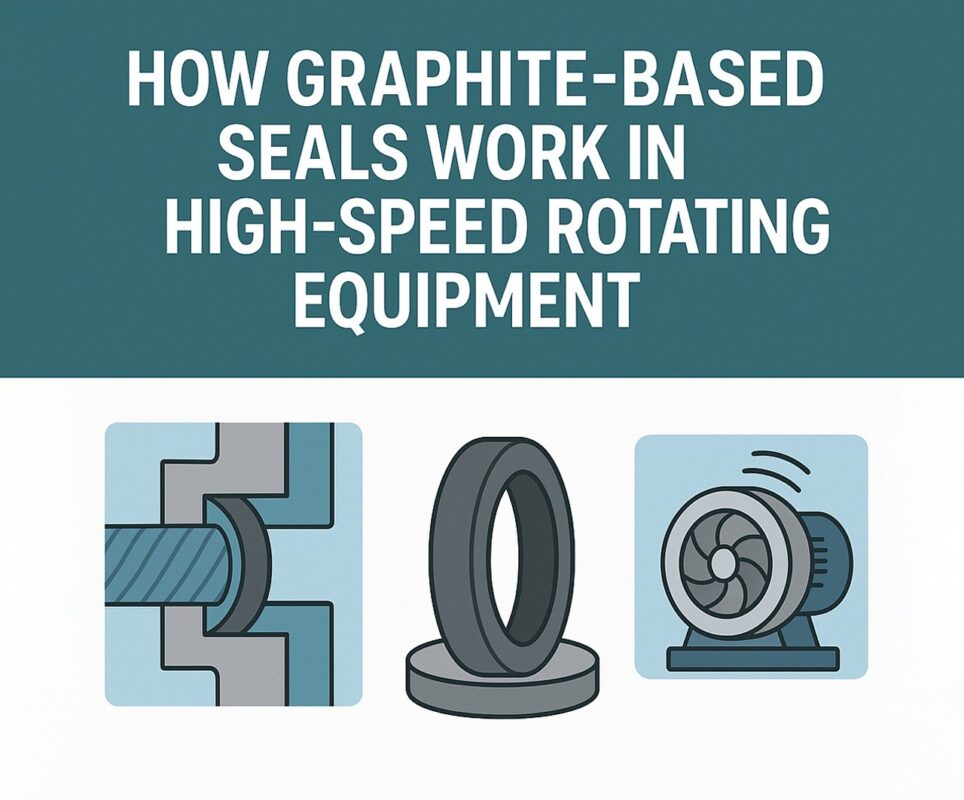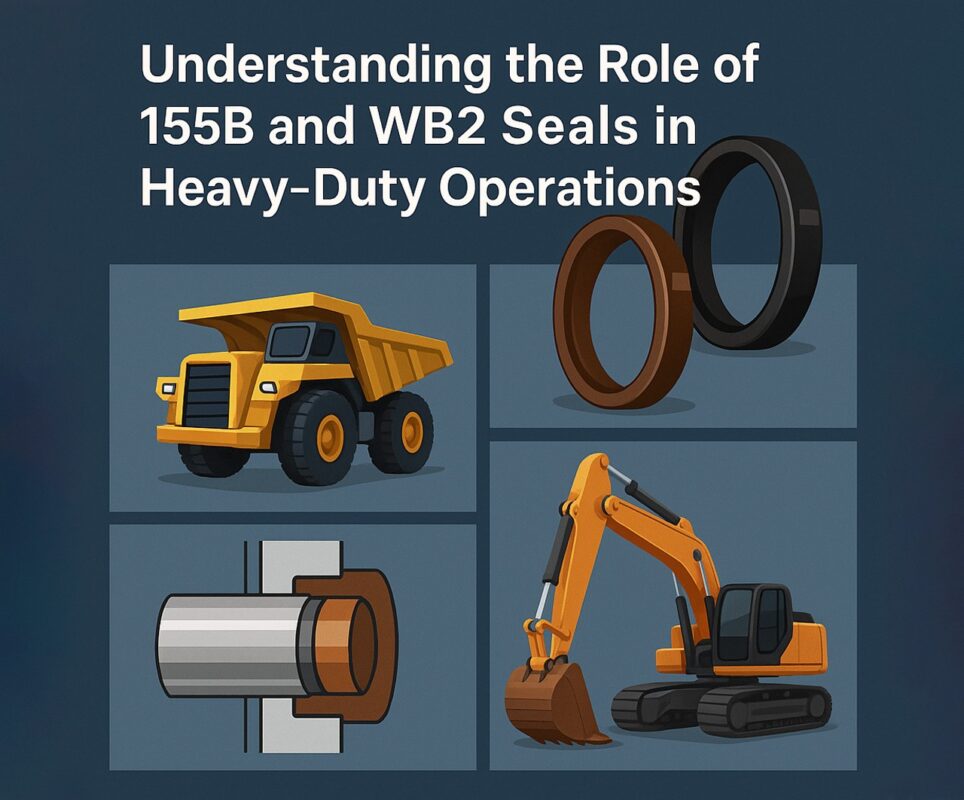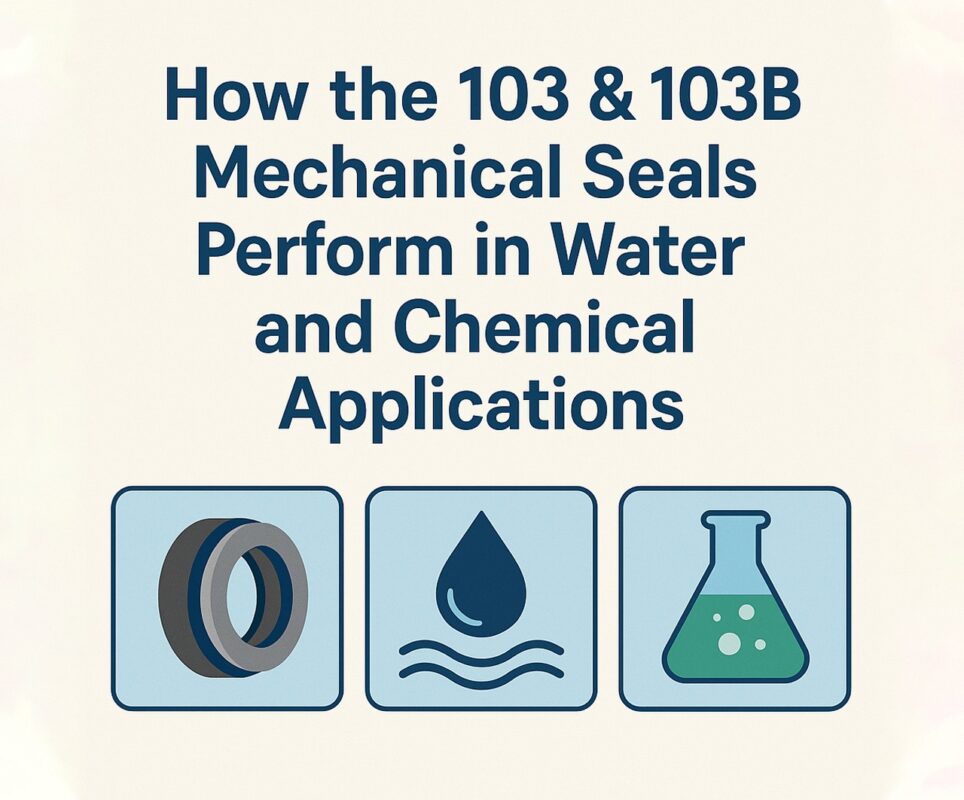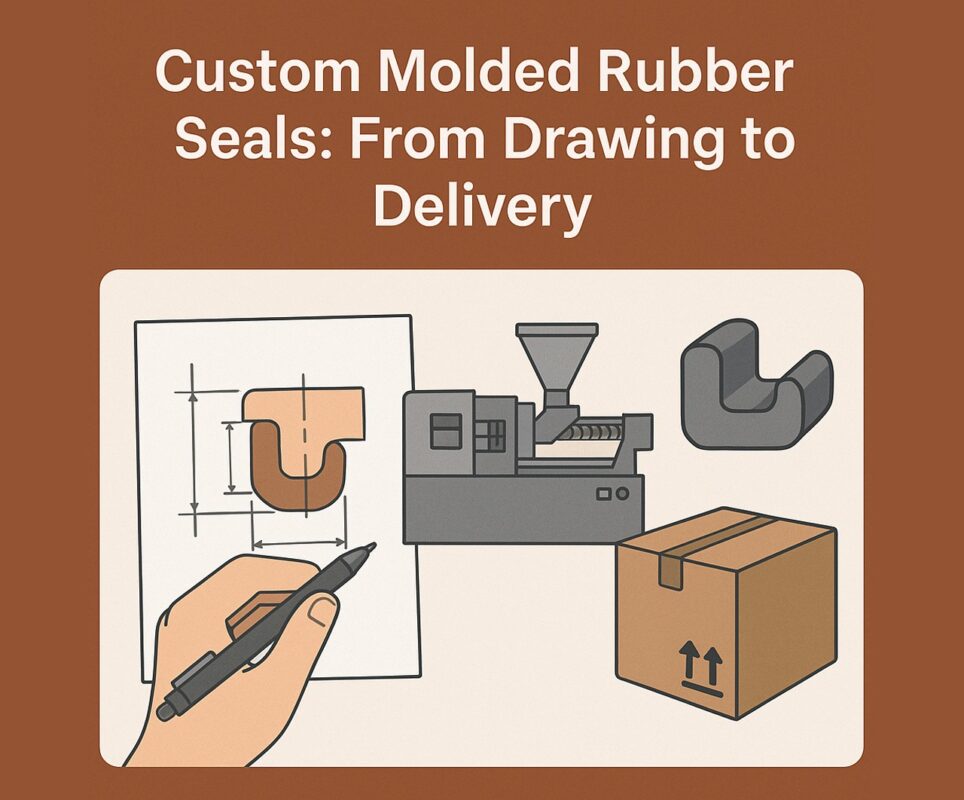In industries where reliable sealing is critical—from automotive and plumbing to food processing and energy—custom gaskets and sealing pads make all the difference. Whether you’re sourcing durable Garlock gaskets, applying a high-performance gasket seal, or enhancing installation with Permatex gasket sealer, one thing remains true: it often all starts with the right rubber sheet.
Rubber sheets are the foundation for cutting gaskets and forming sealing pads in countless equipment types. Their versatility, material variety, and customizability make them an essential supply for maintenance teams, OEMs, and technicians. This guide explores how rubber sheets are used to create custom sealing solutions, which materials to choose, and how to pair them with other sealing components for optimal performance. Know more..
Why Rubber Sheets?
Rubber sheets offer several advantages for gasket fabrication:
- Easily cut to custom shapes and sizes
- Available in various durometers and chemical resistances
- Work with adhesives and sealants like Permatex gasket sealer
- Provide strong compression recovery for sealing tight tolerances
Whether used with Garlock gaskets or a basic gasket seal, rubber sheets bring adaptable sealing to field conditions where one-size-fits-all just doesn’t cut it.
Rubber also performs well in systems that experience frequent thermal expansion and contraction. Its resilience allows it to maintain sealing integrity where rigid materials might crack or deform under stress.
Common Applications for Rubber Sheet Gaskets
Rubber sheets are used in:
- Pipe flange gaskets
- Pump housings
- HVAC systems
- Gearbox sealing pads
- Control cabinets and electrical enclosures
- Compressors and valve cover sealing
- Medical equipment and clean rooms
In power generation, rubber sheets are often die-cut into large-format sealing pads to manage vibration and pressure pulses. For electrical enclosures, they serve as weatherproofing barriers, combining insulation with seal integrity.
The flexibility of rubber makes it especially useful for sealing irregular surfaces or retrofitting older machines.
Pairing Rubber Sheets with Garlock Gaskets
Garlock gaskets are known for their high-performance sealing in demanding environments like chemical processing and high-pressure steam. When rubber sheets are used alongside Garlock’s proprietary materials:
- They can fill gaps in flanged joints
- Act as cushion layers in multi-material gasket stacks
- Provide added resistance to movement or vibration
The rubber sheet acts as a support and enhancement—especially when a full Garlock assembly isn’t needed.
For example, Garlock’s compressed fiber gaskets are often backed by nitrile rubber layers in applications involving pulsating pressure or movement-prone flanges.
Choosing the Right Rubber Material
Each rubber type offers specific advantages for sealing applications:
| Material | Best For |
| Nitrile (NBR) | Oil and fuel systems |
| EPDM | Steam, hot water, and UV exposure |
| Neoprene | Weather resistance, general purpose |
| Viton | High heat and chemical exposure |
| Silicone | Food-grade or extreme temperatures |
For long-term durability, match the rubber material with your gasket seal media type—water, fuel, acid, etc.—and operating temperature.
Don’t forget to consider color-coding in industries such as food or pharmaceutical production, where certain materials must meet compliance standards and be visually identifiable.
The Role of Permatex Gasket Sealer
Permatex gasket sealer is commonly used alongside rubber gaskets to:
- Improve seal reliability
- Fill micro-imperfections in flange surfaces
- Create leak-resistant bonds in high-vibration machinery
Especially useful in automotive and heavy equipment repairs, Permatex gasket sealer provides an extra layer of assurance where rubber alone may not offer complete sealing.
Use cases:
- Cylinder head covers
- Transmission pans
- Valve bodies
- Differential flanges
- Thermostat housings
Permatex products are also available in non-hardening formulas for easier disassembly and in high-temp variants for engine components.
Custom Cutting Rubber Sheets: Manual vs. CNC
Rubber gaskets can be cut:
1. By Hand
- Ideal for one-off repairs or small-volume use
- Requires precision cutting tools and templates
2. With CNC Machines
- Accurate and repeatable
- Great for mass production or intricate gasket shapes
Some industries use laser cutters for thin sheets, or die-cutting for bulk gasket sets. For highly customized sealing pads, CNC offers the best result.
Waterjet cutting is also gaining popularity for precision rubber shaping, especially for thick or multi-layer gaskets where accuracy matters.
Field Benefits of Rubber Gaskets
- Fast Turnaround: Cuts can be made on-site or locally
- Adjustability: Can modify seals in real-time for proper fit
- Cost-Effective: Saves money versus buying pre-molded gaskets
- Shelf Life: Rubber sheets have long storage life when properly kept
- Versatility: Suitable for fluid, gas, and electrical barrier sealing
These advantages make rubber-based gasket seal solutions more appealing to service contractors and plant maintenance teams.
Environmental Considerations
For sustainability-minded operations, rubber sheets are often recyclable or reusable in low-pressure environments. Choosing Garlock gaskets or eco-certified rubber materials can reduce environmental impact.
Tips:
- Use solvent-free Permatex gasket sealer options
- Store rubber sheets in a cool, dark place to preserve elasticity
- Cut gaskets only as needed to reduce scrap
- Explore biodegradable or reprocessed rubber sheet alternatives
Tips for Best Gasket Performance
- Clean All Surfaces: Ensure mating surfaces are free of oil, rust, and debris.
- Don’t Over-Tighten: Excessive torque can deform rubber and lead to leaks.
- Use Sealants Sparingly: Apply Permatex gasket sealer only where needed to fill imperfections.
- Test the Seal: Always perform a pressure or leak test after installation.
- Choose the Right Thickness: Thicker isn’t always better; match gasket thickness to surface irregularities and bolt spacing.
- Inspect Regularly: Over time, rubber degrades. Replace aged or hardened gaskets proactively.
- Keep Spare Sheets in the Field Kit: For technicians on the move, having a small inventory of rubber sheets can be a job-saver.
Case Study: Food Processing Plant Retrofit
A dairy production facility needed custom gaskets for stainless steel pipe flanges. Off-the-shelf options were too rigid or expensive. The solution:
- Custom cut food-grade silicone rubber sheets
- Paired with Permatex gasket sealer for high-sanitization areas
- Supplemented with Garlock gaskets for high-pressure zones
The result: a sanitary, leak-free system that passed FDA inspection and saved 30% in gasket costs.
The plant also implemented a traceability program using color-coded rubber sheets, streamlining audits and improving quality control.
Final Thoughts
Rubber sheets are more than a backup solution—they’re the frontline material for customizable, adaptable, and high-performance sealing. Whether you’re working with premium Garlock gaskets, creating your own gasket seal, or adding security with Permatex gasket sealer, starting with the right rubber sheet gives you a solid foundation for long-lasting performance.
From industrial plants to automotive garages, rubber sheet-based sealing pads and gaskets remain one of the smartest investments in maintenance and engineering.
Be precise. Seal smarter. And stay leak-free, no matter the environment.

